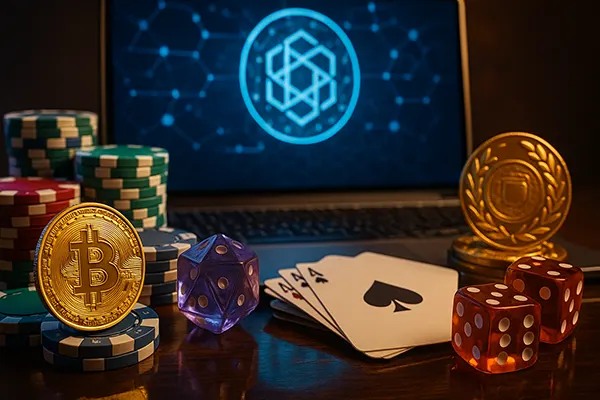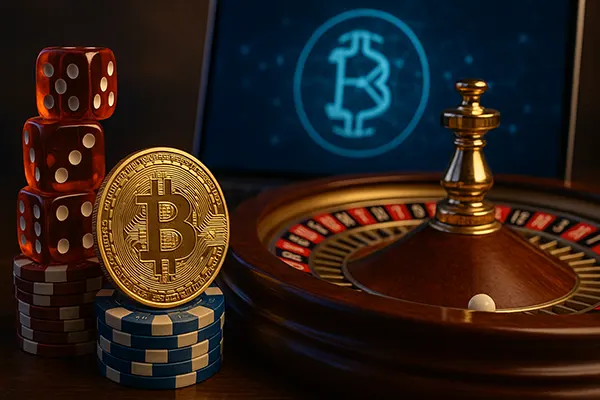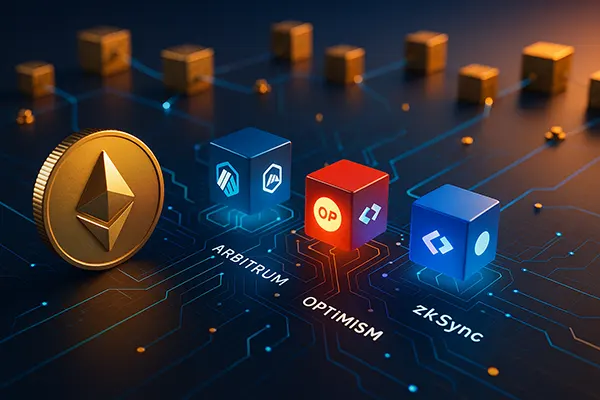
Web3 Gamification in Crypto Casinos: How NFTs and DAOs Influence Player Engagement
In recent years, the crypto gambling industry has rapidly evolved, increasingly merging with decentralised technologies. By mid-2025, innovations like Web3 gamification, NFTs, and DAOs have significantly transformed how online gambling experiences are built and perceived. These technologies not only change the gameplay dynamic but also empower users to take a more active role in governance, ownership, and community engagement within crypto casinos.
The Role of NFTs in Gamified Casino Environments
Non-fungible tokens (NFTs) have become a core feature of Web3 casinos, offering players more than just rewards—they offer ownership. In many crypto casinos, NFTs represent digital assets such as unique avatars, casino chips, loyalty cards, or even virtual property. These assets can be traded or used within the ecosystem, allowing users to retain and grow value over time.
Beyond cosmetic purposes, NFTs can also serve functional roles. Some casinos use NFTs to unlock VIP access, increase betting limits, or offer lower house edges. These functional assets create additional layers of strategy and long-term engagement, giving users incentives to stay loyal and reinvest in the community.
Most importantly, NFT ownership blurs the line between players and stakeholders. When players earn or purchase NFTs tied to casino mechanics, they become participants in the economy rather than passive consumers. This shift drives higher engagement and builds lasting interest around gamified experiences.
Interoperability and Cross-Casino NFT Utility
By mid-2025, a growing trend in NFT adoption is the cross-utility of digital assets across different Web3 gambling projects. A player’s NFT from one crypto casino might grant bonuses or access privileges in another, promoting collaboration rather than isolated ecosystems. This interoperability creates broader value for users and supports a thriving, interconnected Web3 gaming economy.
Projects such as Gambling Apes, Ice Poker, and Lootverse are leading examples where NFT collections interact across decentralised casino environments. The broader the usability of NFTs, the more appealing and sustainable they become, especially for collectors and frequent players.
Furthermore, interoperability adds resilience to NFT value. Instead of being confined to one website, these tokens can offer utility across platforms and communities, reducing the risk of asset obsolescence and promoting greater user trust in the system.
Decentralised Autonomous Organisations and Player Governance
DAOs (Decentralised Autonomous Organisations) are a natural complement to Web3 casinos. They allow players to influence decision-making through token-based voting systems. Instead of decisions being made solely by the operators, DAOs give players a say in rules, development, revenue allocation, and more.
Some crypto casinos have already adopted DAO models to handle treasury management, staking pools, and game development roadmaps. This inclusion of players in operational decisions creates a unique form of transparency and accountability rarely seen in traditional gambling environments.
By June 2025, DAO governance in crypto casinos is no longer a novelty. Platforms like Decentral Games, Edgeless, and Chips have integrated DAOs to varying degrees, allowing the community to dictate crucial parameters such as house edge rates, game selection, and even customer service policies.
Economic Incentives and Governance Tokens
Governance tokens are the key to DAO participation. Players who hold these tokens can vote on proposals, suggest changes, and even earn rewards through staking mechanisms. The more tokens a player holds, the more influence they wield within the casino’s decision-making process.
This token-based participation model not only reinforces loyalty but also aligns the interests of operators and users. Since changes must be voted on by the token holders, there is built-in resistance to exploitative or unpopular decisions, improving player trust in the long term.
Moreover, governance tokens often trade on secondary markets, giving them real financial value. This opens another avenue for profit and speculation while embedding the player deeper into the ecosystem’s mechanics and growth strategy.

Web3 Gamification Mechanics and User Retention
Web3 casinos heavily rely on gamified mechanisms such as missions, achievements, leaderboards, and loot drops to retain users. These elements are enhanced by blockchain technology, ensuring fairness and verifiability. Unlike traditional loyalty systems, Web3 gamification integrates provable rewards and often includes decentralised tracking through smart contracts.
Daily challenges, NFT lotteries, and real-time PvP competitions are just a few ways casinos engage users continuously. The integration of blockchain ensures that all rewards are securely stored, easily tradable, and impossible to tamper with, reinforcing fairness and trust in the system.
Another standout feature is progression systems tied to wallets. Instead of losing your status or rewards when switching accounts or sites, Web3 casinos allow players to carry their progress across ecosystems, improving user satisfaction and continuity of experience.
Long-Term Loyalty Through Earning Models
Play-to-earn (P2E) and stake-to-earn mechanics are increasingly common in crypto casinos as of June 2025. Players are rewarded not only for activity but also for locking assets within the ecosystem, encouraging long-term loyalty and investment.
For instance, some casinos allow users to stake tokens or NFTs in return for a share of the house profits. Others provide extra benefits for high-ranking players on leaderboards, including limited-edition NFT airdrops or DAO governance boosts.
This model replaces outdated bonus schemes with more sustainable economic incentives, ensuring the casino ecosystem remains balanced, engaging, and rewarding for its most committed users.




